Pickled some peppers for the first time...
jutsFL
9 years ago
Related Stories

GARDENING GUIDES10 Easy Edibles for First-Time Gardeners
Focus on these beginner-friendly vegetables, herbs, beans and salad greens to start a home farm with little fuss
Full Story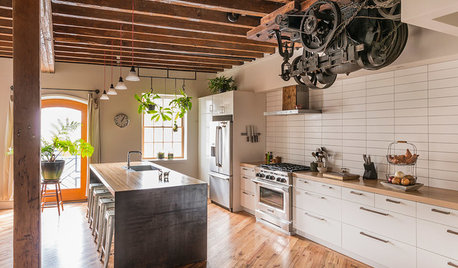
GREEN BUILDINGHouzz Tour: Pickle Factory Now an Energy-Wise Live-Work Space
A charming but poorly insulated 1880s Philadelphia commercial building becomes a spacious energy-efficient home and studio
Full Story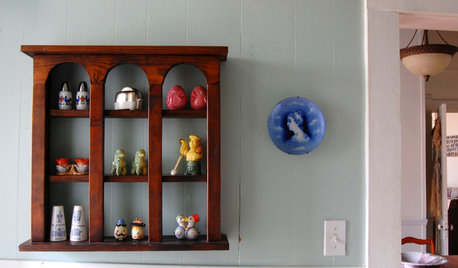
SHOP HOUZZShop Houzz: Like Salt and Pepper
Cute and kitschy ways to say ‘I love you’ with themed salt and pepper shakers
Full Story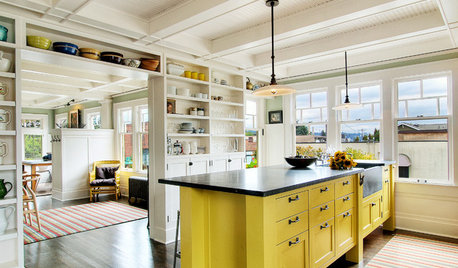
KITCHEN DESIGNHow to Lose Some of Your Upper Kitchen Cabinets
Lovely views, display-worthy objects and dramatic backsplashes are just some of the reasons to consider getting out the sledgehammer
Full Story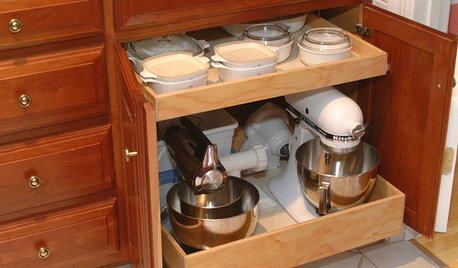
KITCHEN APPLIANCESConsidering a New Kitchen Gadget? Read This First
Save money, time and space by learning to separate the helpers from the hassles
Full Story
HOUSEKEEPINGLower Your Heating Bills With Some Simple Weather Stripping
Plug the holes in your house this winter to make sure cold air stays where it belongs: outside
Full Story
DECORATING GUIDESGive Your House Some Natural Curiosities
Botanical prints and paintings bring the wonder of nature to your walls
Full Story
ARTShow News: Rare Quilts Get Museum Time
See 6 intricate designs from a California exhibition and get tips for building your own quilt collection
Full Story
REMODELING GUIDESTransition Time: How to Connect Tile and Hardwood Floors
Plan ahead to prevent unsightly or unsafe transitions between floor surfaces. Here's what you need to know
Full Story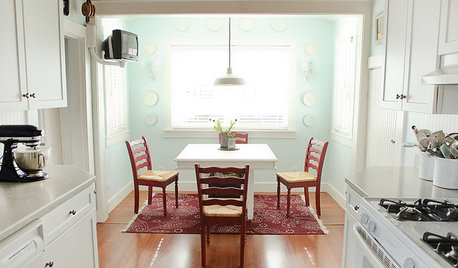
DECORATING GUIDESCreate a Chic First Apartment on a Dorm Room Budget
Show your first solo place off with pride by incorporating these tips for budget-friendly artwork, furniture and accessories
Full Story






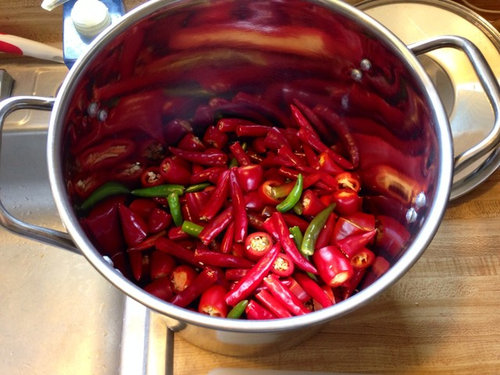
BrewJolokia
scorion1
Related Professionals
Arlington Landscape Architects & Landscape Designers · Grand Haven Landscape Architects & Landscape Designers · Byram Landscape Contractors · Concord Landscape Contractors · Corona Landscape Contractors · Ellensburg Landscape Contractors · Essex Landscape Contractors · Fair Oaks Landscape Contractors · Federal Way Landscape Contractors · Middle River Landscape Contractors · New Cassel Landscape Contractors · Paramus Landscape Contractors · San Pedro Landscape Contractors · Wallingford Landscape Contractors · 07920 Landscape Contractorsseysonn
jutsFLOriginal Author
esox07 (4b) Wisconsin
jutsFLOriginal Author
sandysgardens
seysonn
sleekit
jutsFLOriginal Author
John A
2ajsmama
seysonn
Mecdave Zone 8/HZ 9
User
2ajsmama
seysonn
Mecdave Zone 8/HZ 9
Mad Ferret
2ajsmama
John A
2ajsmama
Mad Ferret
2ajsmama
Mad Ferret
2ajsmama